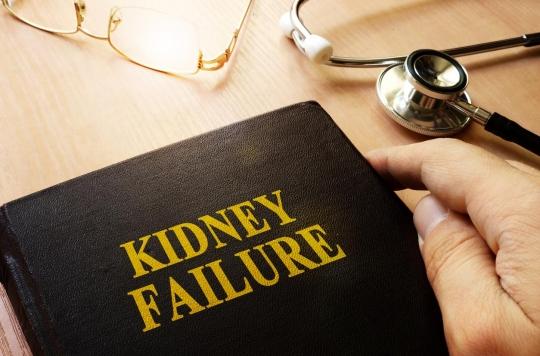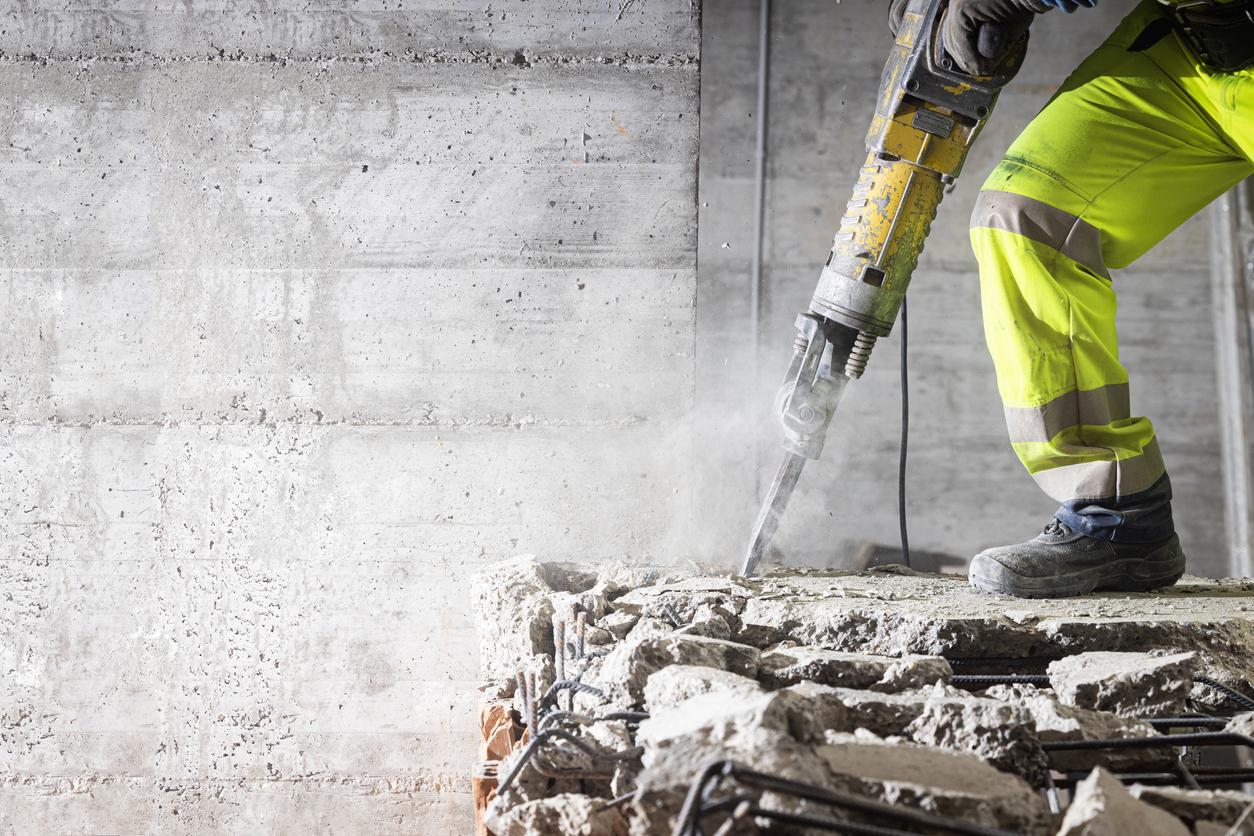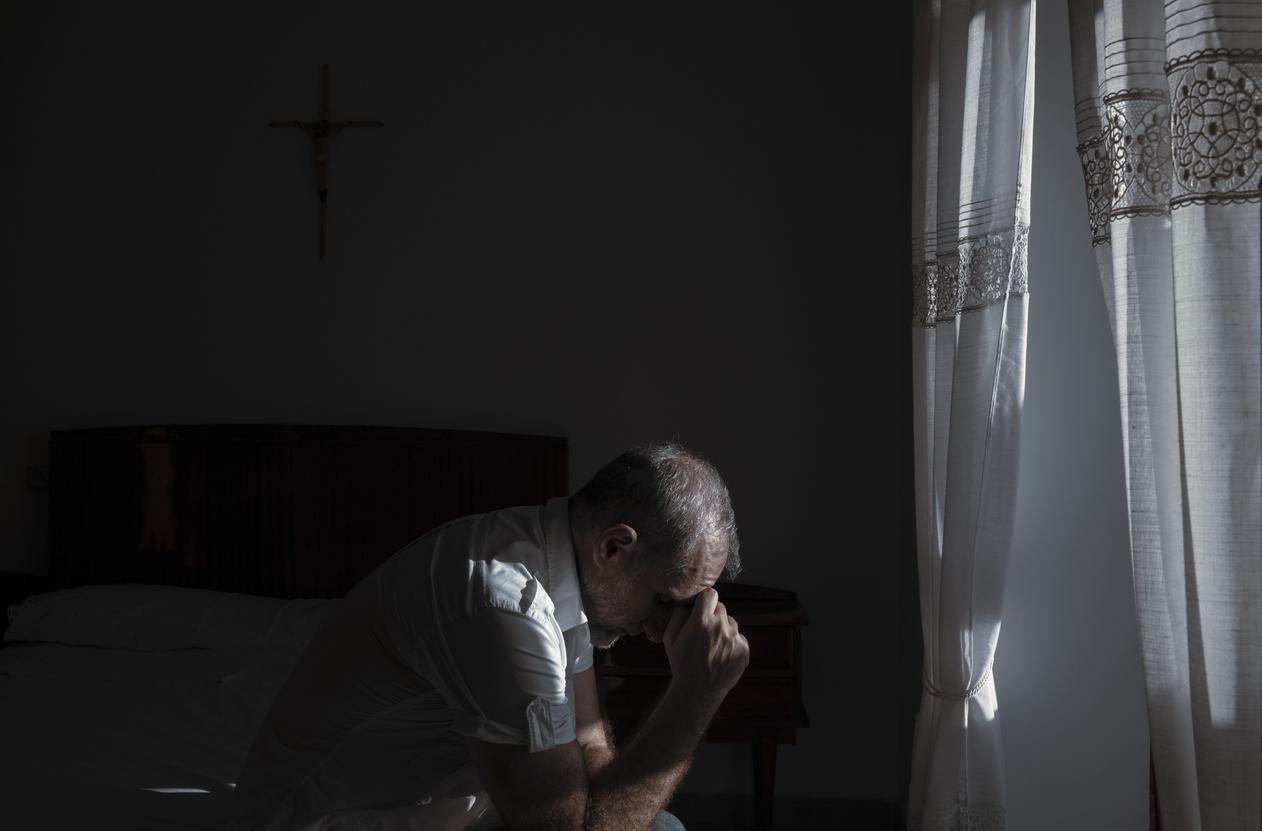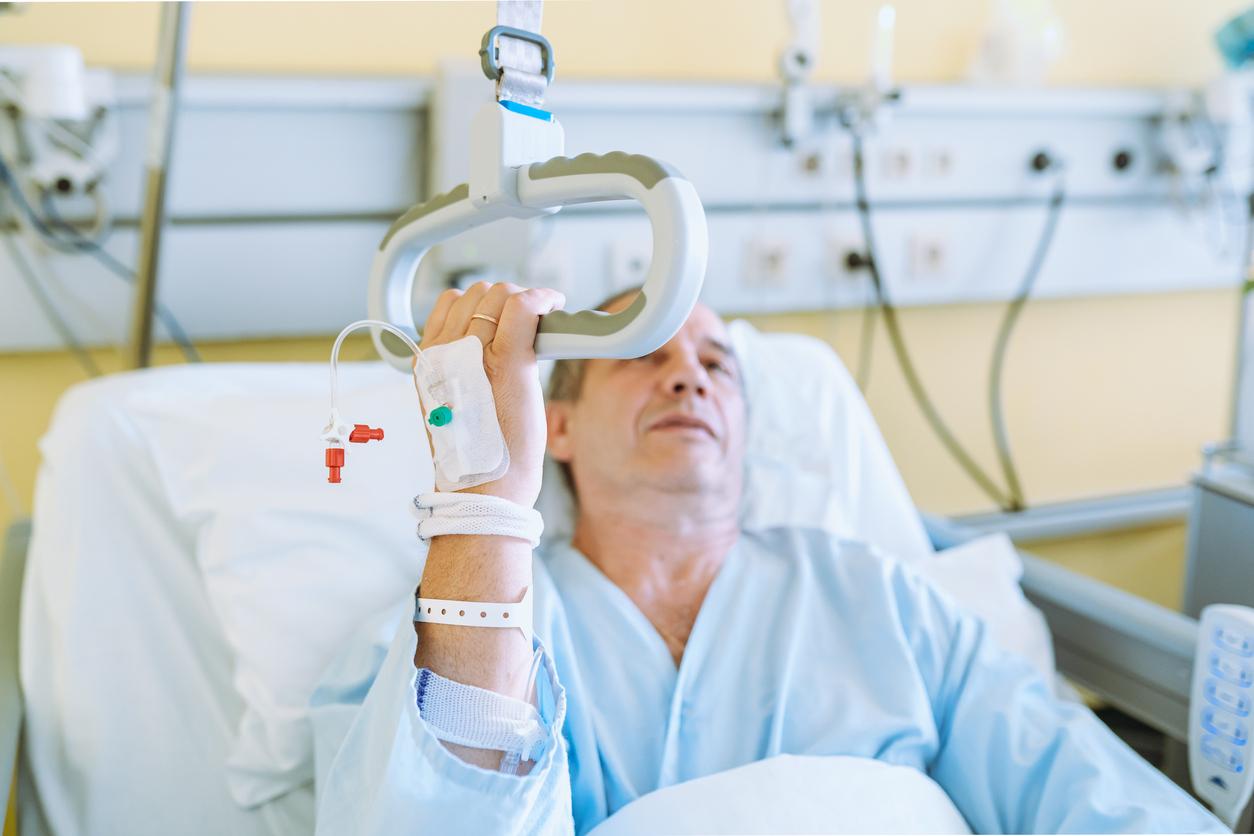In order to improve the quality of life of patients suffering from end-stage renal failure (ESRD) and to make savings in the process, the Court of Auditors recommends more transplants and home dialysis.

Chronic renal failure (CKD) is a kidney disease that progresses silently. Gradually, the filtering function of the kidneys deteriorates, sometimes to progress to an end stage. We then speak of IRCT. The patient requires replacement therapy with dialysis or a kidney transplant. However, while the second solution is much better than the first, whether for the quality of life of patients or financially, it is unfortunately not developed enough in France, deplores the Court of Auditors Tuesday, February 25.
In our country, more and more people are affected by this health problem. In 2017, more than 87,000 patients underwent replacement therapy (kidney transplant or dialysis) compared to 73,500 in 2012. While progress has been made in recent years to encourage transplants and control the costs of dialysis in specialized centers , this is still insufficient, assures the Court of Auditors.
The organization therefore recommends strengthening prevention efforts to “avoid or delay terminal insufficiency”, to develop home dialysis and to analyze the causes of the territorial disparities in the rates of refusal of samples from deceased persons.
A shortage of grafts
This is not the first time that experts have insisted on this subject since they had already established a similar observation in 2015. The previous year, a Quavi-rein study on the quality of life of kidney patients, published in the Bulletin Epidemiological Weekly (BEH) from the Institute for Public Health Surveillance (InVS), had already shown that the transplant was the “most efficient treatment in terms of survival, quality of life and cost”.
According to figures published in the BEH at that time, each year in France 10,000 people start dialysis treatment while less than 3,000 benefit from a transplant. In question, a shortage of grafts. There are said to be around 41,000 people on dialysis at any one time in the country. However, “theTransplant patients generally have a much lower mortality rate than dialysis patients”, noted the study. Among patients aged 60 to 69, 132 dialysis patients out of 1,000 died in 2012, compared to 27 for recipients of a kidney transplant during the same year.
In 2011, a other study had established that the quality of life of transplant recipients was similar to that of the general population, while that of dialysis recipients was much lower.
Many heavy side effects
Overall, the dialysis causes great fatigue in patients, in particular due to the elimination of part of the proteins necessary for the body. Muscle cramps are also a problem in 86% of cases. Dialysis patients also often complain of severe itching, dizziness, digestive or sleep disorders or even chronic pain. Added to this of course is great psychological fatigue, especially when the patient has to travel regularly to a center to be taken care of, hence the need to increase follow-up at home.
As for the economic advantage of the transplant compared to dialysis, it would come mainly from the fact that its cost decreases sharply in the years following the intervention (approximately €20,000 per year against €88,000 annually for dialysis), according to several estimates.

.

















